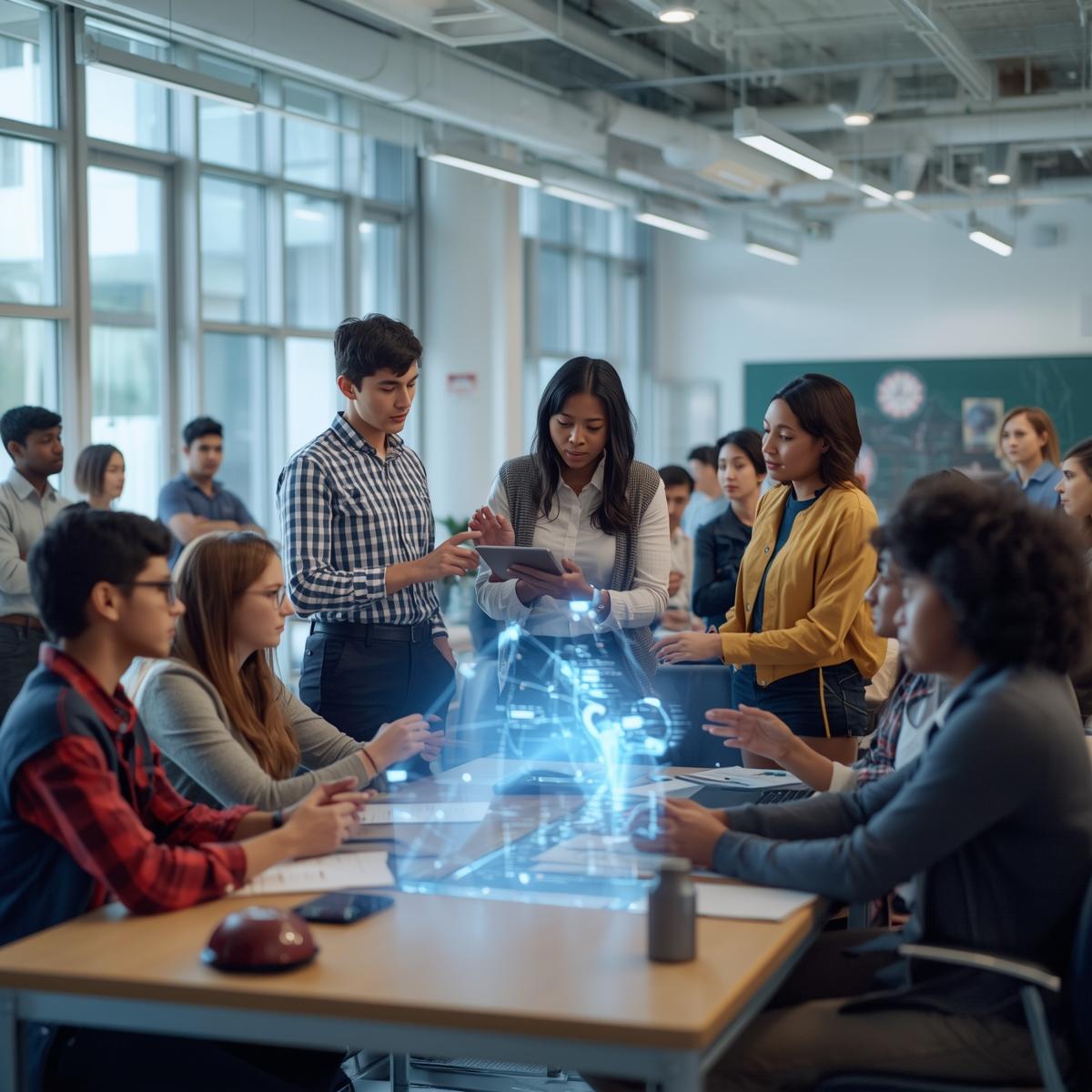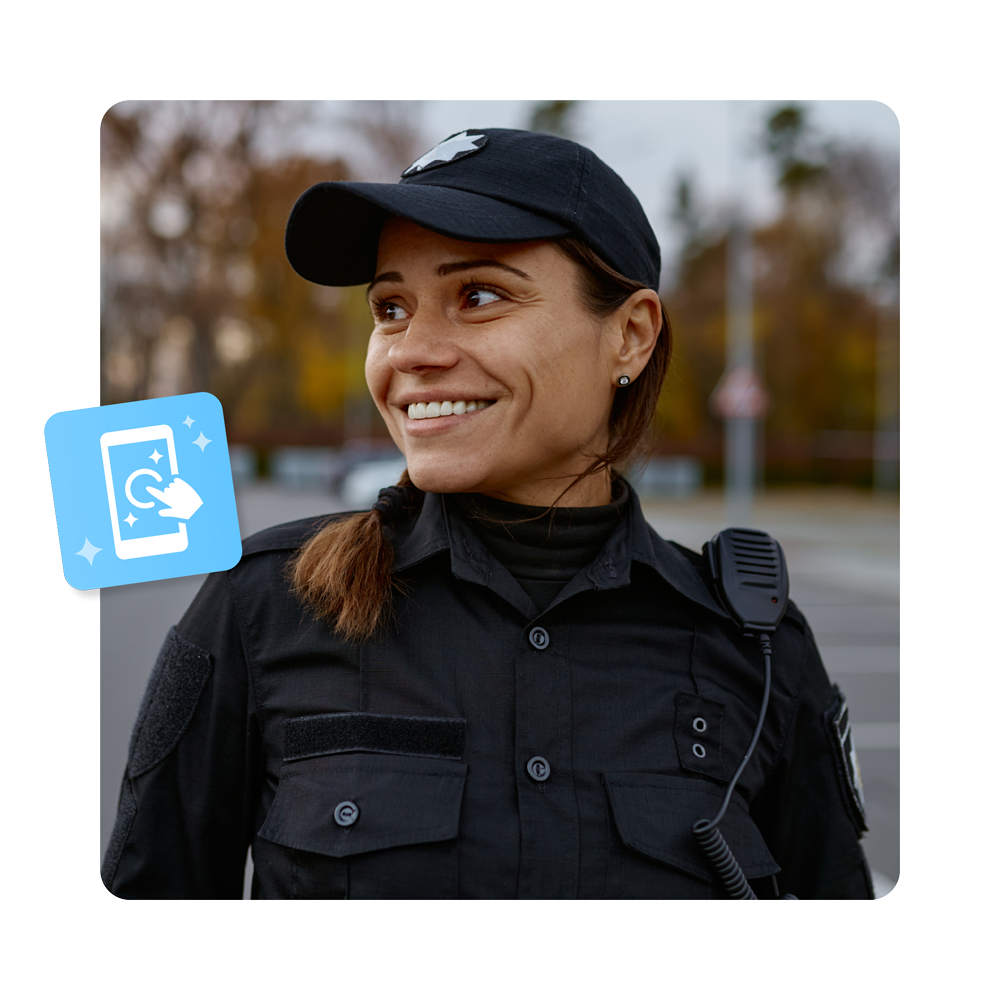The Tipping Point for Change
The world of education is changing faster than many campuses can keep pace. Emerging technologies, evolving pedagogy, and shifting student expectations have converged to redefine what “school” means in 2026 and beyond. Classrooms once powered by chalk and textbooks now pulse with digital ecosystems, interactive dashboards, and AI-driven insights.
Every decision made today—about tools, training, or teaching models—lays the groundwork for tomorrow’s readiness. Schools that plan intentionally will thrive. Those that don’t risk falling behind in both innovation and impact. Future-proofing education is no longer a luxury. It’s the foundation for sustainable learning environments that adapt as quickly as the world around them.
The Challenge Schools Face
Across districts and campuses, one truth remains clear: change is constant, but preparedness isn’t universal. Many schools still depend on aging systems, disconnected platforms, and manual processes that slow progress. Educators juggle multiple tools with little data harmony, while administrators battle increasing expectations with stagnant resources.
This lack of integration creates invisible barriers. Students crave personalized learning but often face one-size-fits-all experiences. Teachers want to innovate but encounter technology fatigue. Leadership teams seek insights but struggle with fragmented data.
These gaps aren’t just operational—they’re cultural. When systems can’t evolve, neither can strategies. The challenge ahead isn’t simply adopting new tools. It’s building a cohesive digital ecosystem that scales with growth, adapts to change, and aligns every stakeholder toward shared goals.
Why Future-Proofing Matters Now
The next 18 months will define the next decade of education. Global EdTech investment continues to surge, with forecasts showing double-digit growth through 2026. AI integration is accelerating, data literacy is becoming essential, and hybrid models are the new norm.
Schools that treat technology as a one-time purchase will struggle to keep up. Those that view it as an evolving infrastructure will flourish. Future-proofing means designing systems, workflows, and mindsets that anticipate—not react to—change.
Imagine a school ecosystem that upgrades itself naturally: platforms that talk to each other, analytics that reveal needs before they arise, and communication channels that unite rather than divide. This isn’t futuristic—it’s what modern campuses are already building today.
Building a Sustainable Tech Ecosystem
Sustainability in technology goes beyond cost savings. It’s about creating an infrastructure that grows stronger, smarter, and simpler over time.
A sustainable tech ecosystem begins with interoperability—the ability for systems to communicate effortlessly. Schools should invest in tools that integrate through APIs, allowing data to flow securely across student information systems, classroom apps, and communication platforms. The result is a connected environment that saves time, reduces errors, and strengthens accountability.
Next comes scalability. As enrollment changes or new programs emerge, your systems must expand without disruption. Cloud-based solutions and modular architecture let schools add or update capabilities without starting from scratch.
Finally, sustainability requires resilience. Network redundancy, cybersecurity protections, and regular audits protect learning continuity. Whether it’s a power outage, software bug, or security threat, your operations must continue without missing a beat.
A future-ready tech ecosystem isn’t just an IT blueprint—it’s a living organism that evolves with your campus and community. See where your Tech Stack adds up.
Adapting to Change: The Human Side of Innovation
Technology may power transformation, but people bring it to life. True progress depends on how educators, students, and families adapt together.
The modern student expects choice, flexibility, and personalization. They learn through multimedia, collaborate across continents, and value immediate feedback. Traditional methods no longer align with these expectations. Personalized learning paths, adaptive assessments, and hybrid class models have become vital—not optional.
For educators, adaptation requires support and trust. Teachers are no longer simply content deliverers—they’re facilitators, coaches, and designers of experiences. Professional development must evolve too. Ongoing training, peer mentorship, and micro-credentials empower teachers to confidently navigate new tools while maintaining authenticity in their instruction.
Families also play a key role. Clear communication and transparent systems foster stronger partnerships between home and school. When parents see real-time updates on attendance, assignments, or safety, trust deepens—and engagement rises.
Future-proofing education is, at its core, about creating cultures that welcome change. When people feel empowered, technology becomes an ally rather than a barrier.
Driving Innovation with Data and AI
Data has become the heartbeat of the modern campus. Every interaction—attendance, engagement, or performance—produces insights waiting to be unlocked. The question isn’t whether you have data; it’s whether you can use it effectively.
Future-ready schools move beyond collecting numbers. They transform data into decisions. Predictive analytics can identify students at risk before grades slip. Attendance trends reveal engagement patterns.
Artificial intelligence takes these insights further. AI tutors adjust lesson difficulty in real time. Administrative dashboards surface anomalies before they become issues. Decision support tools guide leaders toward evidence-based strategies.
Yet with great power comes great responsibility. Ethical data governance ensures privacy, transparency, and fairness. Schools must maintain clear protocols around consent, anonymization, and bias mitigation. Data should empower—not exploit—communities.
When used wisely, data and AI become the compass for every campus decision—from curriculum design to crisis response.
Redefining the Connected Campus
The campus of the future isn’t defined by walls—it’s defined by connections. Every device, classroom, and stakeholder forms part of an intelligent network that works together to enhance learning and safety.
A connected campus streamlines daily operations. Imagine dismissal coordination, hall-pass tracking, visitor management, and emergency reunification—all communicating in real time. Administrators see the full picture at once. Teachers regain time for teaching. Parents stay informed without constant emails.
This unified approach doesn’t just improve efficiency—it strengthens safety and trust. Instant alerts, role-based permissions, and digital logs ensure every student’s movement is accounted for. When emergencies occur, schools can act swiftly and confidently, following protocols aligned with nationally recognized standards.
Integration creates clarity. The fewer the systems, the fewer the risks. And when technology fades into the background, people can focus on what truly matters: learning, growth, and community.
Building Capacity Through Training and Governance
Sustainable transformation depends on capable people. Even the most advanced tools fail without knowledgeable users and clear governance.
Every successful digital initiative begins with leadership alignment. Superintendents, principals, and IT directors must share a unified vision. Without it, innovation fragments across departments. Establish a governance framework that defines responsibilities, decision pathways, and success metrics.
Training completes the equation. Ongoing professional development ensures educators remain confident and curious. Offer flexible learning opportunities—self-paced modules, peer sessions, and recognition programs. Celebrate early adopters as change champions who model progress for others.
Data stewardship should also be part of governance. Clear privacy policies and transparent communication build stakeholder trust. When students and parents know their data is protected, participation increases.
Culture drives capacity. When innovation feels safe and supported, adoption thrives naturally—and future-proofing becomes a shared mission rather than a mandate.
Security, Privacy, and Ethical Readiness
The more connected a campus becomes, the more essential cybersecurity and ethical safeguards become. Protecting student data is as vital as protecting student well-being.
Modern education environments handle sensitive information daily—attendance logs, medical alerts, personal communications, and academic records. A single vulnerability can compromise not only privacy but also trust.
Schools must employ layered defenses: encrypted storage, multi-factor authentication, and role-based permissions. Regular audits, penetration testing, and staff training keep systems resilient.
Ethics extend beyond compliance. Responsible AI usage, transparency in data decisions, and equitable access ensure technology serves all learners fairly. Establish review boards or advisory councils that oversee emerging technologies and maintain accountability.
By embedding ethics into every decision, schools model digital citizenship and prepare students for the broader digital world they’ll soon lead.
The Roadmap to 2026 and Beyond
Future-proofing doesn’t happen overnight—it happens in phases. Start with foundational upgrades, scale successful pilots, and evolve continuously.
Phase 1: Assessment and Alignment
Evaluate current systems, workflows, and training gaps. Define your vision for 2026 and secure leadership commitment. Identify quick-win projects that demonstrate early success.
Phase 2: Integration and Scalability
Connect your core systems. Implement SSO, unified dashboards, and cloud migration. Focus on tools that enhance both learning and operations.
Phase 3: Innovation and Optimization
Expand into adaptive learning, predictive analytics, and AI-supported workflows. Continuously measure performance and user satisfaction to refine your approach.
Phase 4: Sustainability and Governance
Embed data ethics, regular audits, and training cycles. Refresh strategies annually to stay aligned with emerging trends and evolving student needs.
This roadmap allows schools to advance steadily while reducing disruption and maintaining community trust.
The Future Campus Vision
Picture your campus in 2026. Students collaborate in immersive environments that respond to their learning pace. Teachers design flexible lessons powered by real-time insights. Administrators view dashboards that reveal not just what happened—but what will happen next.
Safety, communication, and instruction operate as one ecosystem. Families engage with schools effortlessly through secure apps and transparent updates. Technology works quietly in the background, allowing people to focus on connection, creativity, and growth.
That’s the vision of a future-proofed education system—one where agility replaces anxiety and innovation feels human again.
The future isn’t a distant milestone. It’s being written right now, in every strategic choice and courageous experiment. Schools that embrace adaptability today will shape what learning looks like for an entire generation tomorrow.
Closing Call to Action
At Pikmykid, we believe in helping schools build safer, smarter, and more connected campuses—ready not just for 2026 but for whatever comes next. Whether through integrated safety systems, data-driven insights, or collaboration tools that unify your community, the goal is simple: empower every educator to lead with confidence in an age of constant change.
The future of education is already unfolding. The question is—how ready will your campus be when it arrives?



